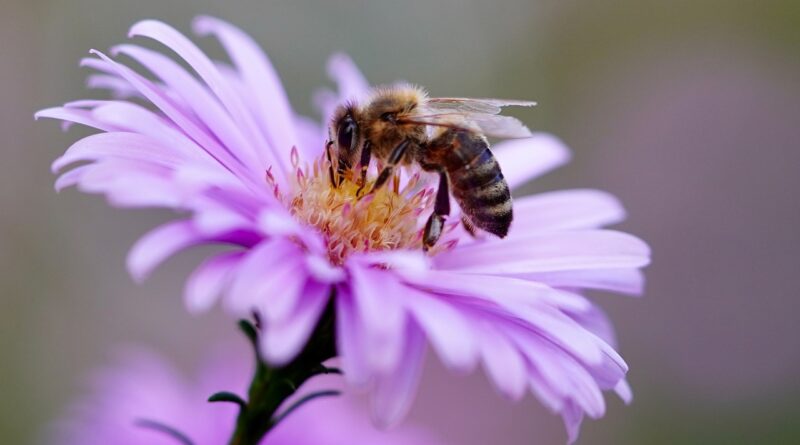Victorian Ports Install Tech To Protect Our Bees
Artificially intelligent beehives are being installed at Victoria’s ports to bolster protection from exotic pests and diseases, in an initiative backed by the Andrews Labor Government.
Minister for Agriculture Mary-Anne Thomas was at the Port of Melbourne today to launch new Agriculture Victoria agreements with Bega Cheese and HiveKeepers, which will trial technology for rapid detection of pests at Victoria’s ports. Ms Thomas told reporters, “Bees are so important to our agriculture production – about two-thirds of Victoria’s plant-based food requires pollination by these amazing insects.”
Bega Cheese’s Purple Hive project is being installed alongside sentinel hives managed and monitored by Agriculture Victoria.
Purple Hive is a solar-powered device that detects bee pest Varroa destructor, providing alerts in real-time using artificial intelligence and 360-degree camera technology. Purple Hive has been tested in New Zealand where the mite is established, to prepare for installation at the Port of Melbourne.
HiveKeepers will install a smart hive at the Port of Hastings, which operates by identifying pests and recognising diseases through bee health and behaviour, and sending alerts to a remote computer or mobile device.
The National Bee Pest Surveillance Program has hives located at the ports of Melbourne, Geelong, Hastings and Portland that are monitored for exotic pests and diseases like Varroa mite every six weeks.
These ports are identified as a high-risk pathway for bee pests to enter Victoria, with bees from Varroa-infested countries hitchhiking on ships that enter Victoria, which could threaten the state’s honey bee population. “We are continuing to innovate to protect our honey bee populations from introduced pests and diseases, and the world-leading technology at our ports is the front line.” Ms Thomas said.
In 2018, Varroa destructor was detected on a ship that had entered the Port of Melbourne. The Government worked with industry and community to act swiftly to ensure the detected Varroa destructor didn’t spread through Victoria’s bee population and become an outbreak.
If Varroa mite was to become established in Australia, an estimated 20,000 cropping and horticulture industry businesses would be affected, as well as home gardeners and the wider community.
There are more than 12,800 beekeepers with almost 135,000 registered hives in Australia, which contribute to the state’s $17.5 million apiary industry.
These new partnerships align with Victoria’s agriculture strategy to protect our bee population by ensuring we are well placed to respond to new pests, and modernising Victorian agriculture through new technology. To find out more, visit agriculture.vic.gov.au/bees.

